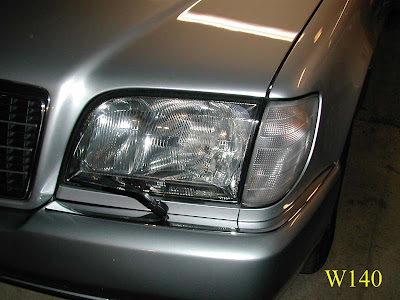•Headlamp lens cleaners are required by ECE Regulations 48 on vehicles equipped with low-beam headlamps using light sources that have a reference luminous flux of 2,000 lumens or more.
•Lens cleaning systems come in two main varieties:
-Wiper blade driven by motor
-Pop-up high-pressure sprayer.
Headlamp wiper
•Only put on european cars because it was required by Road Safety Regulations in many european countries.
•wipers aren't there to wipe away rain but to remove crud and snow during winter.
Headlamp Washer
•Includes all HID headlamps and some high-power halogen units.
•Uses high-pressure sprayer which cleans the lenses with a spray of windshield washer fluid.
Posted by Fazirul Nizar bin Dzulkifli (54268210088)


















